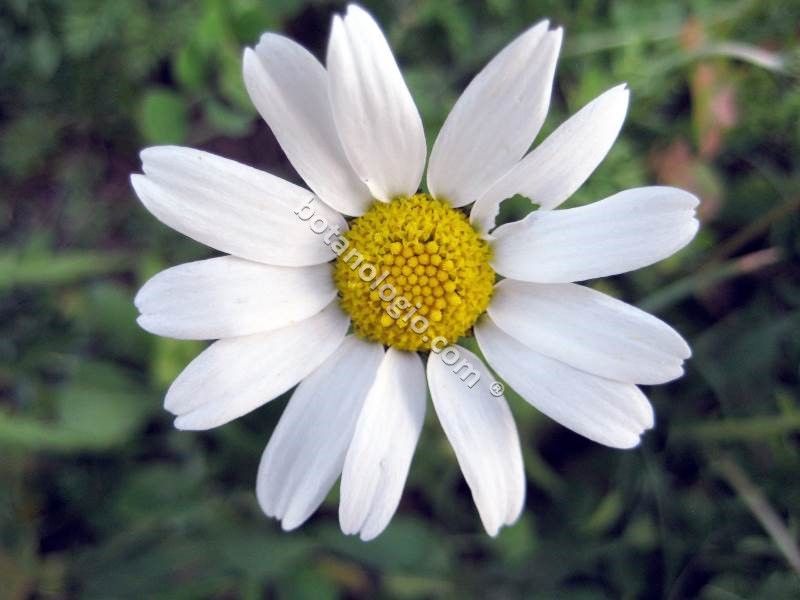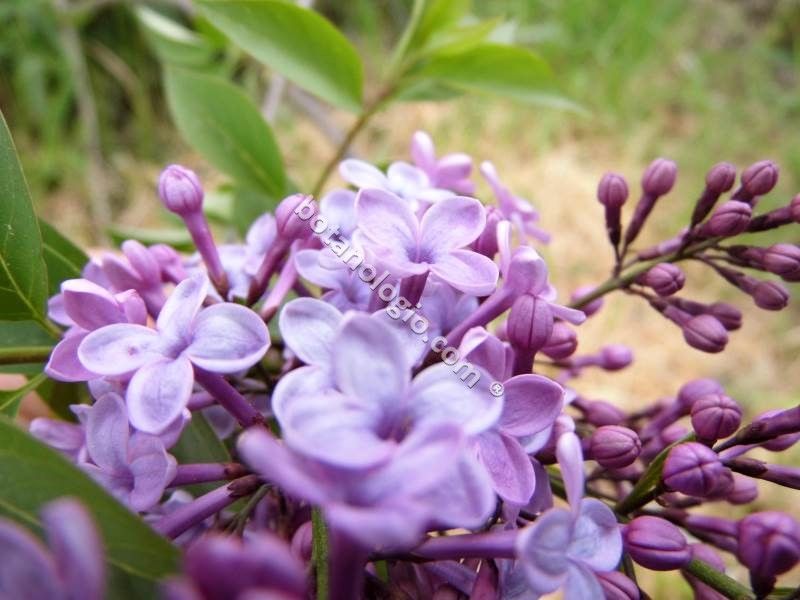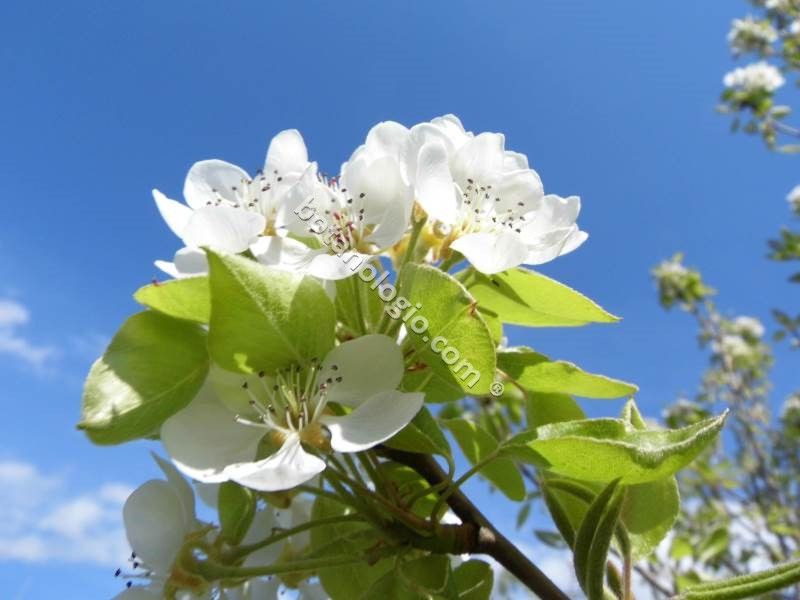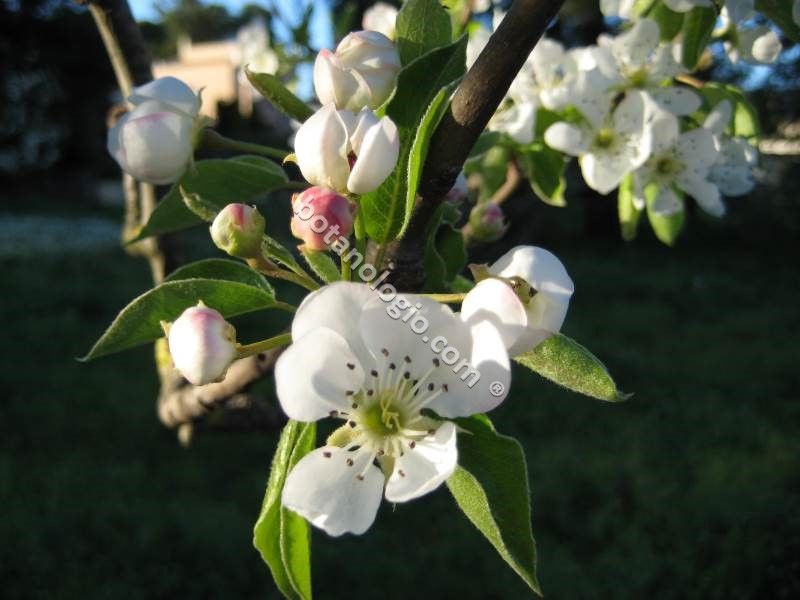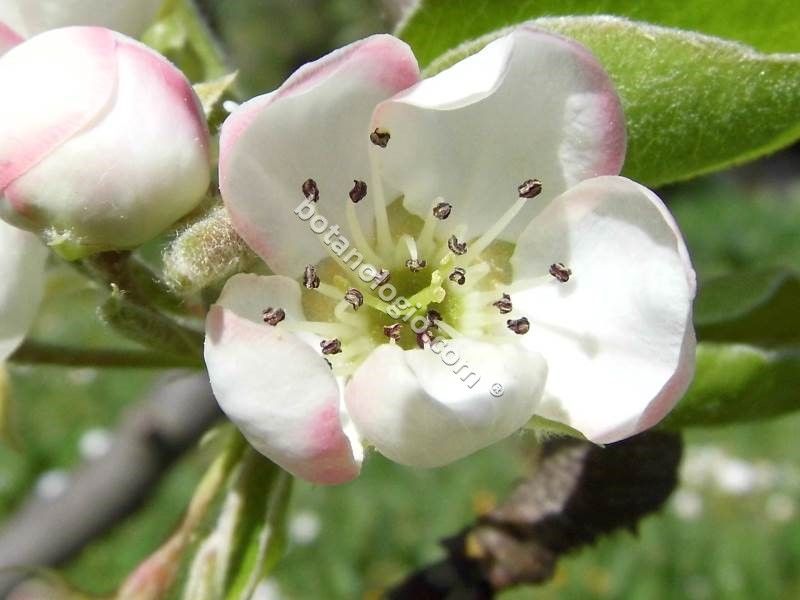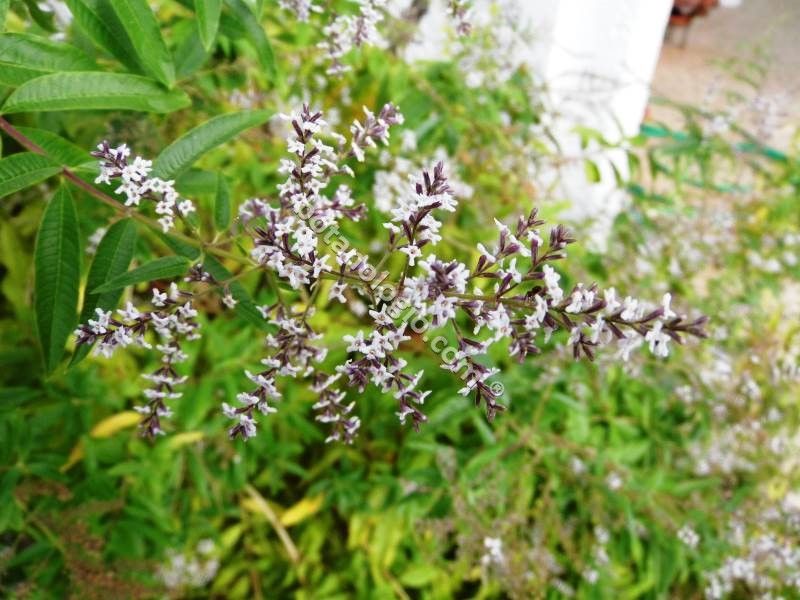Astragalus collection and nutritional value

The astragalus is an herb, belonging to a large family with more than 2000 species. You will also find this herb as huang qi as it is called in China, where its use is allowed after the fourth (often even the seventh) year of ripening of the herb.
The countries of origin where astragalus first met are China and Mongolia, while the beginning of its use dates back well before 200 BC. Other countries in which it thrives are Korea, Japan and Taiwan.
Huang qi is a small shrub that thrives in sandy, sunny and well-drained soils. The root is fibrous, thick and yellowish, while the taste is very reminiscent of licorice. From the yellow color of the root extract, it got its Chinese name. The root is the part of the plant that is used for therapeutic purposes, while it can be consumed in many forms: dried, tincture, extract, powder, capsules, ointment and tablets.
Huang qi is rich in magnesium and potassium, while beneficial ingredients for the body are also iron, manganese, asparagine and high content of polysaccharides. It also contains choline, linoleic acid and sterols.
It goes well with ginseng for mental and physical stimulation of the body, while the daily dose should not exceed 12 grams, unless prescribed by your doctor.
Read more about the healing properties of the astragalus!
astragalus, herbs, huang qi, huang qi nutritional value, Medicinal herbs
